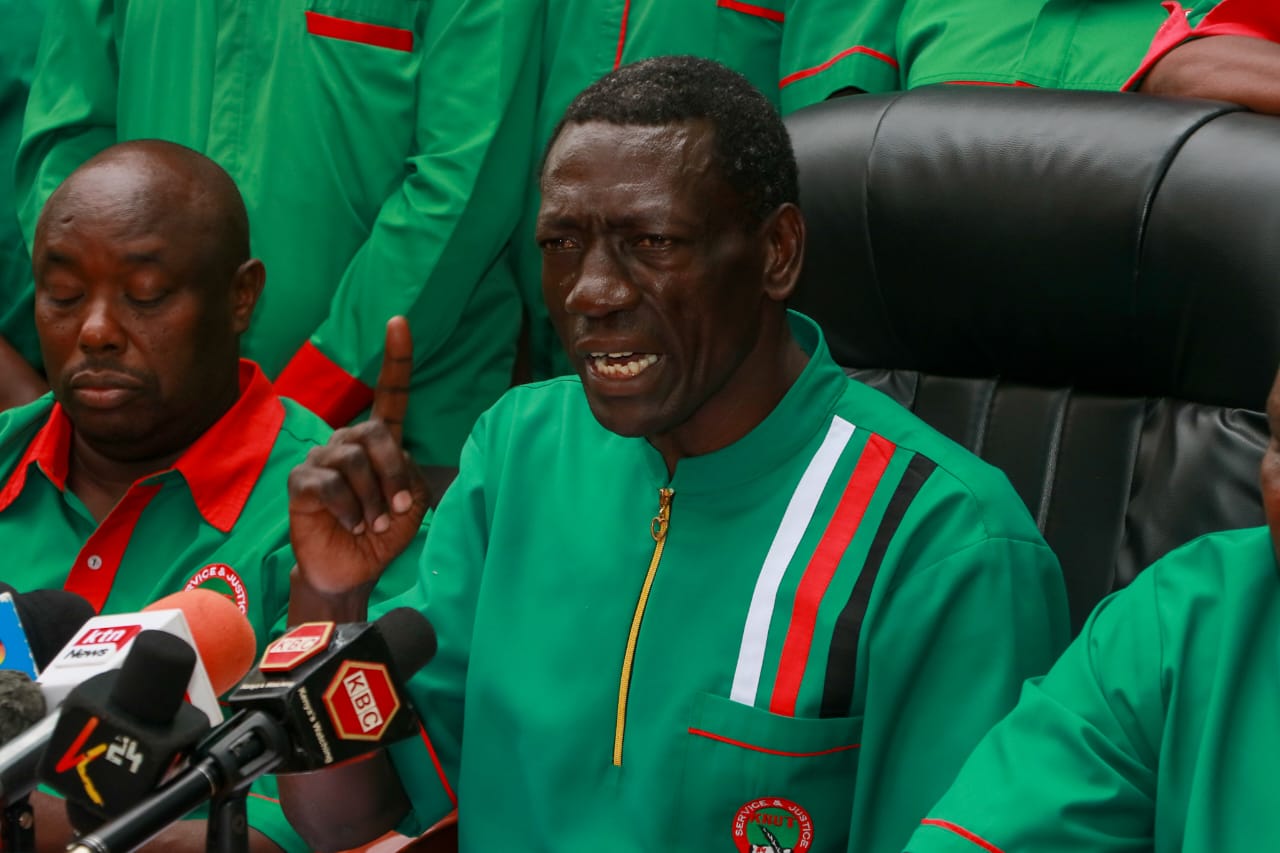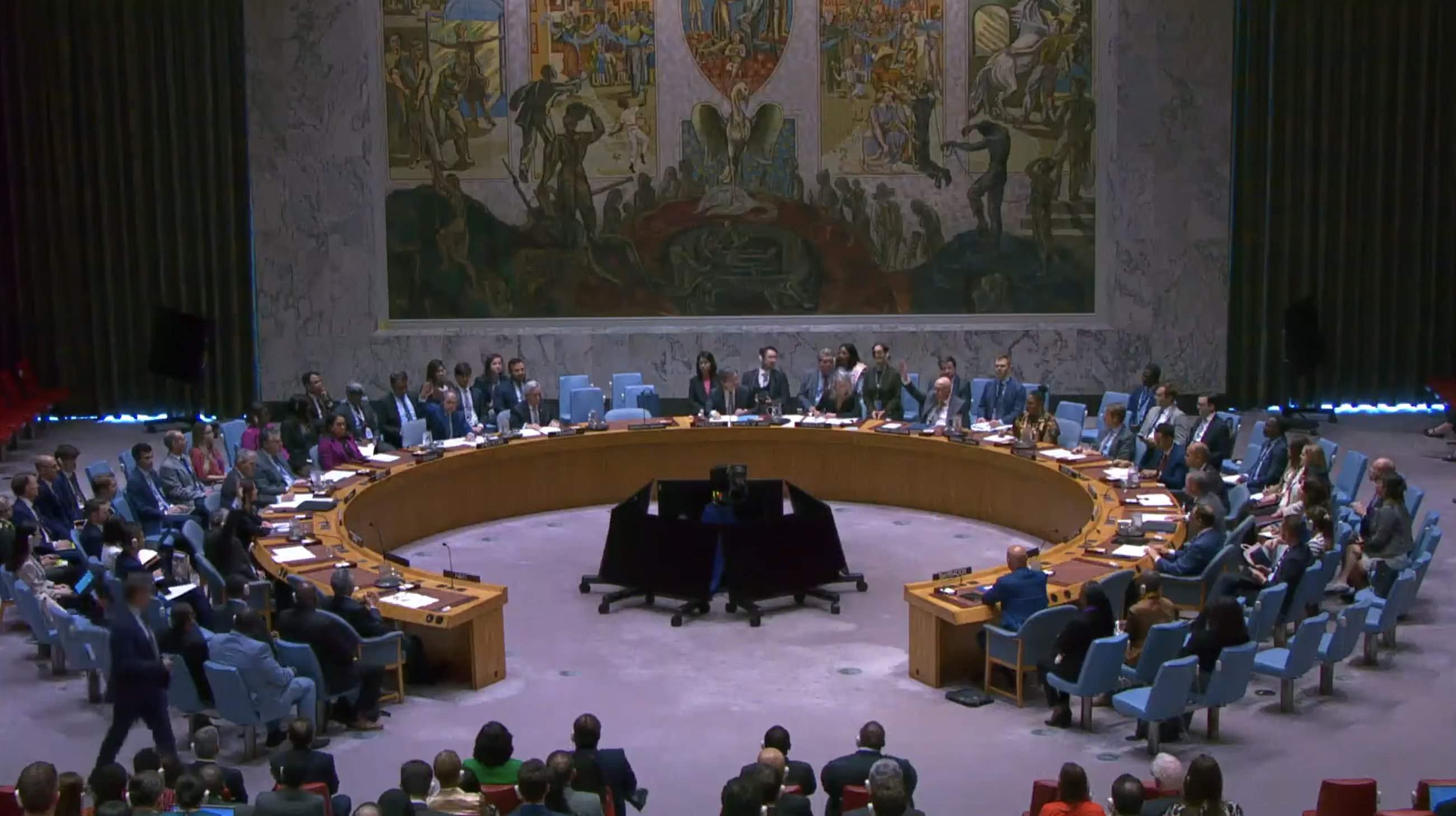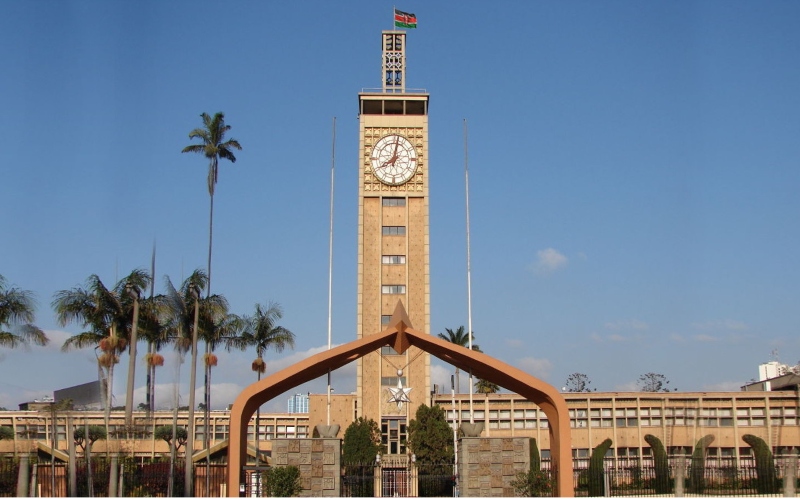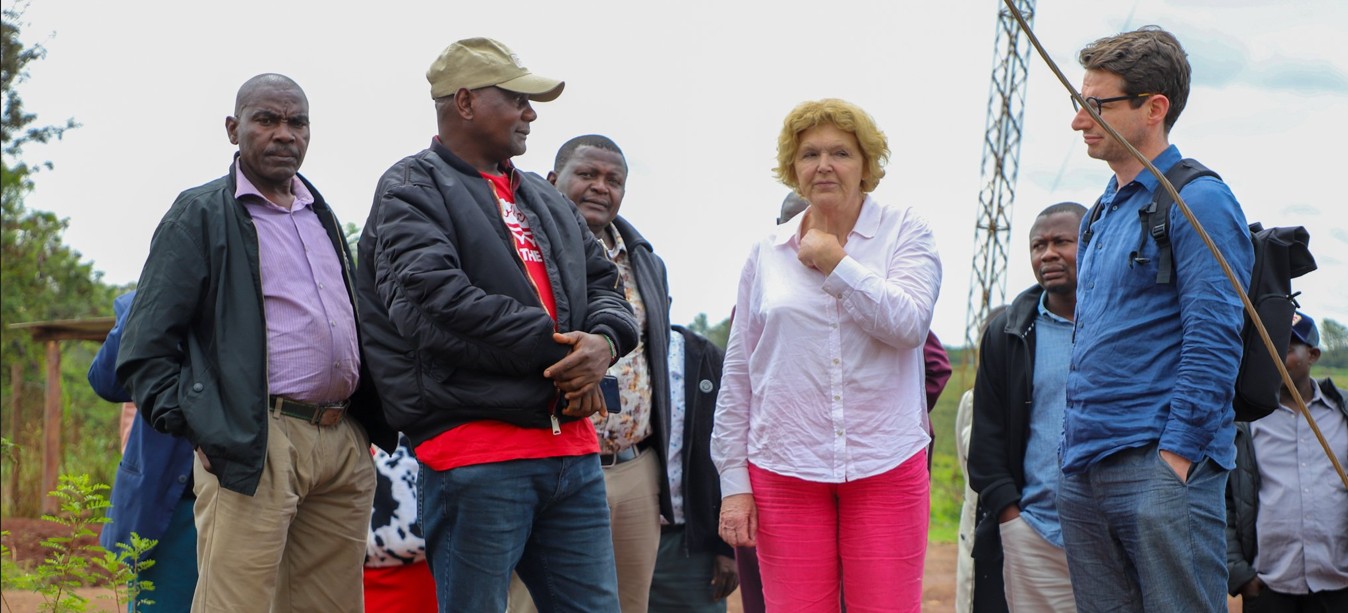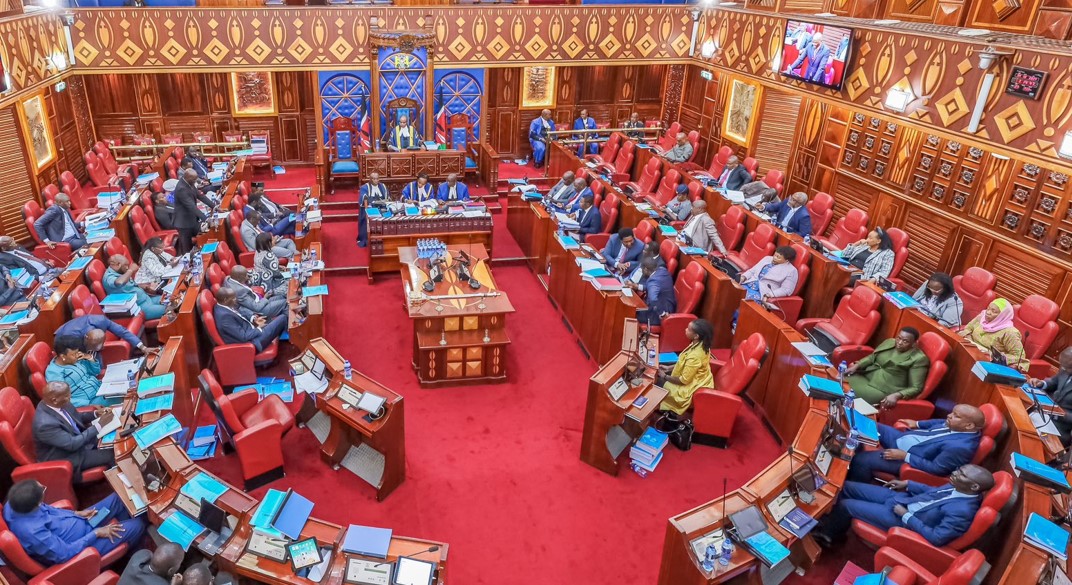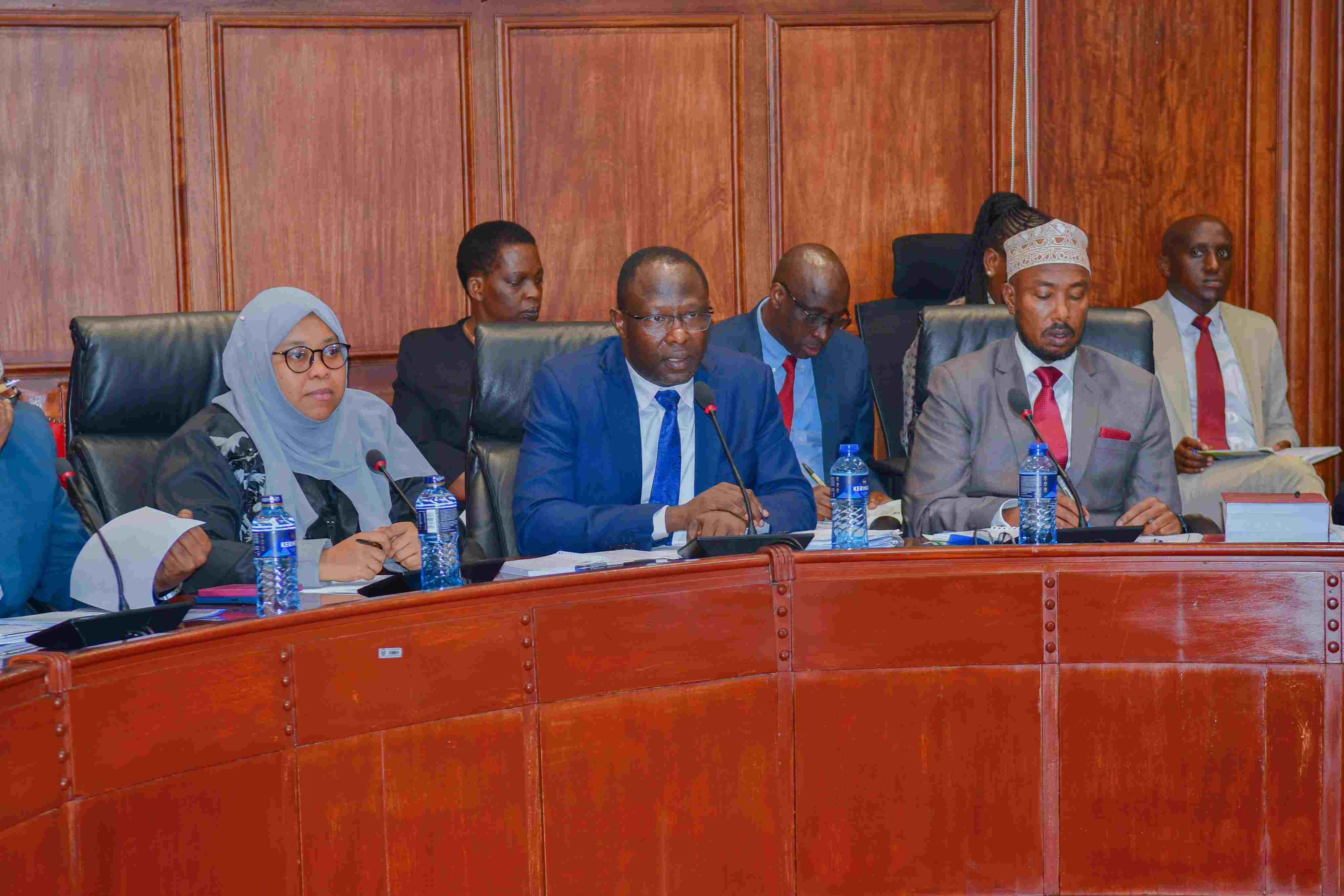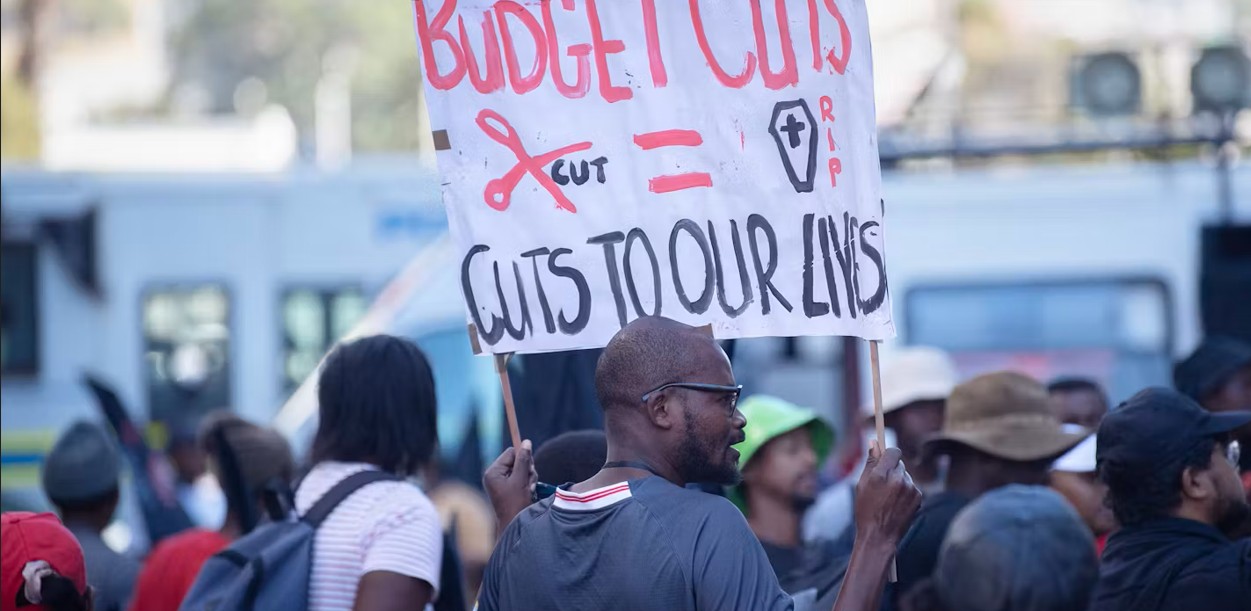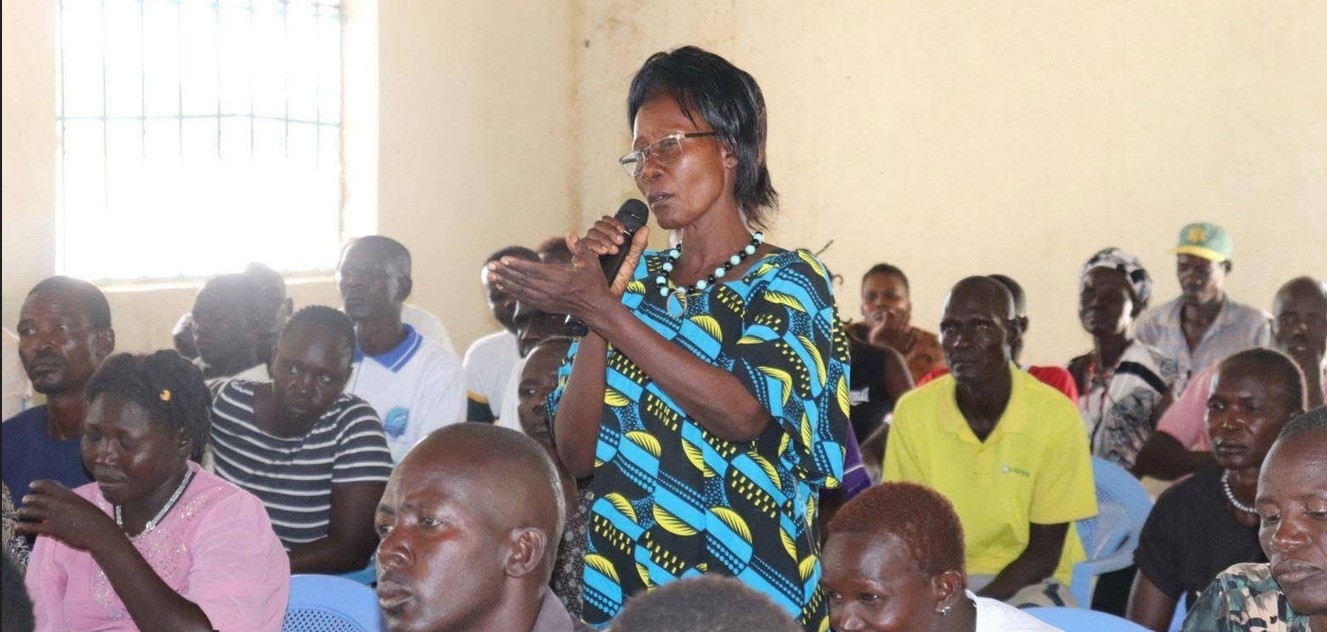Thousands set to get land titles as state seeks to degazette over 6,700 hectares of forest
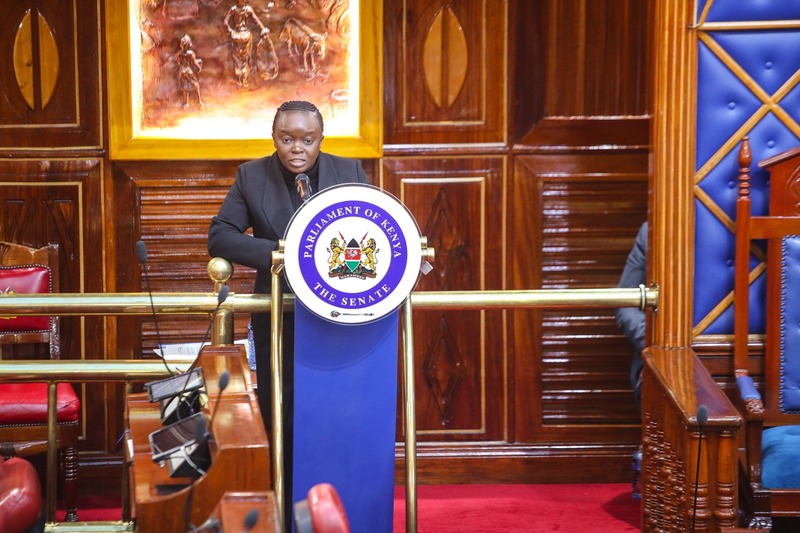
CS Barasa has petitioned the National Assembly seeking approval to regularise the settlements in South Nandi, Turbo, Mt Elgon, and Kakamega forests.
Thousands of residents living on public forest lands could soon be granted legal ownership if Parliament approves a government petition to degazette portions of four forests covering over 6,700 hectares.
The move aims to formalise settlements that have existed for decades, allowing families who have lived on the land since the 1980s to acquire official title deeds.
More To Read
- National Assembly lifts ban on forest harvesting at Eldoret International Airport, Boma Airstrip
- National Assembly vows to boost funding for protection of Kenya’s gazetted forests
- Communities to earn cash for protecting forests under new Bill
- KFS to manage private and community forests under new law
- Kenya launches Africa’s first REDD+ registry in landmark UK partnership to boost climate action
- CS Duale vows to block illegal occupation of forest land
Environment, Climate Change and Forestry Cabinet Secretary Deborah Barasa has petitioned the National Assembly seeking approval to regularise the settlements in South Nandi, Turbo, Mt Elgon, and Kakamega forests.
In her petition, Barasa requests that legislators approve the degazettement of 989.17 hectares of South Nandi Forest, 1,241 hectares of Turbo Forest, 4,647 hectares of Mt Elgon Forest, and a total of 130.99 hectares of Shiru and Shaviringa, both sections of Kakamega Forest.
“The ministry presents this petition pursuant to Articles 36, 62, and 119 of the Constitution as well as Section 34 of the Forest Conservation and Management Act, Cap 385, Laws of Kenya. The Forest Conservation Act gives effect to Article 69 of the Constitution with regard to forest resources. Section 34 of the Act empowers any person to submit a petition to Parliament to recommend a proposal to vary the boundary or revoke registration,” reads the petition.
Barasa notes that in South Nandi Forest, farmers in the hilly Chepkumia area exchanged their land with forest land, and the 989.17 hectares under consideration are currently fully occupied. The forest, which covers approximately 17,960.50 hectares, was first declared a forest area under Proclamation No. 76 of 1936 and later recognised as a central forest through Legal Notice No. 174 of 1964.
Regarding Turbo Forest, the CS says the area targeted for degazettement was originally set aside in 1995 to settle landless squatters in the Manzini Forest Block in Uasin Gishu. Turbo Forest Block was declared via Legal Notice No. 145 on 14 June 1968 and initially covered 19,038 acres.
For Mt Elgon Forest, Barasa explains that the Chepyuk Settlement Scheme was established in 1974 to settle the Elgony Dorobo, who had been residing deep within the forest moorlands.
In the case of Shiru and Shaviringa, which form part of Kakamega Forest, the CS states that the 1988 scheme was set up to compensate residents in exchange for land acquired for public institutions, including Vihiga District Hospital, Mbale Hospital, Vokoli Secondary School and other facilities.
The ministry indicates that it has received several petitions from members of the public claiming settlement within various public forest lands across the country. In response, Barasa says an Inter-Ministerial Committee was constituted to investigate and review the claims.
The findings revealed that the areas under dispute are inhabited by persons engaged in non-forestry activities who have resided there for prolonged periods.
Following the committee’s review, the Kenya Forest Service Board recommended in writing the regularisation of these settlements through the variation of the respective forest boundaries, in accordance with Section 34 of the Forest Conservation and Management Act Cap 385.
Under the Forest Conservation and Management Act, Cap 385, any person can petition Parliament to request the variation of forest boundaries or the degazettement of a forest. Section 34 of the Act stipulates that such petitions require parliamentary approval before any excision can take effect.
KFS plays a key role in the process, evaluating petitions and advising Parliament on whether the proposed boundary changes align with sustainable forest management and national interests.
The law ensures that settlements or other claims within public forests are only legal once Parliament approves a petition, providing a structured process to balance community needs with environmental conservation.
Top Stories Today



